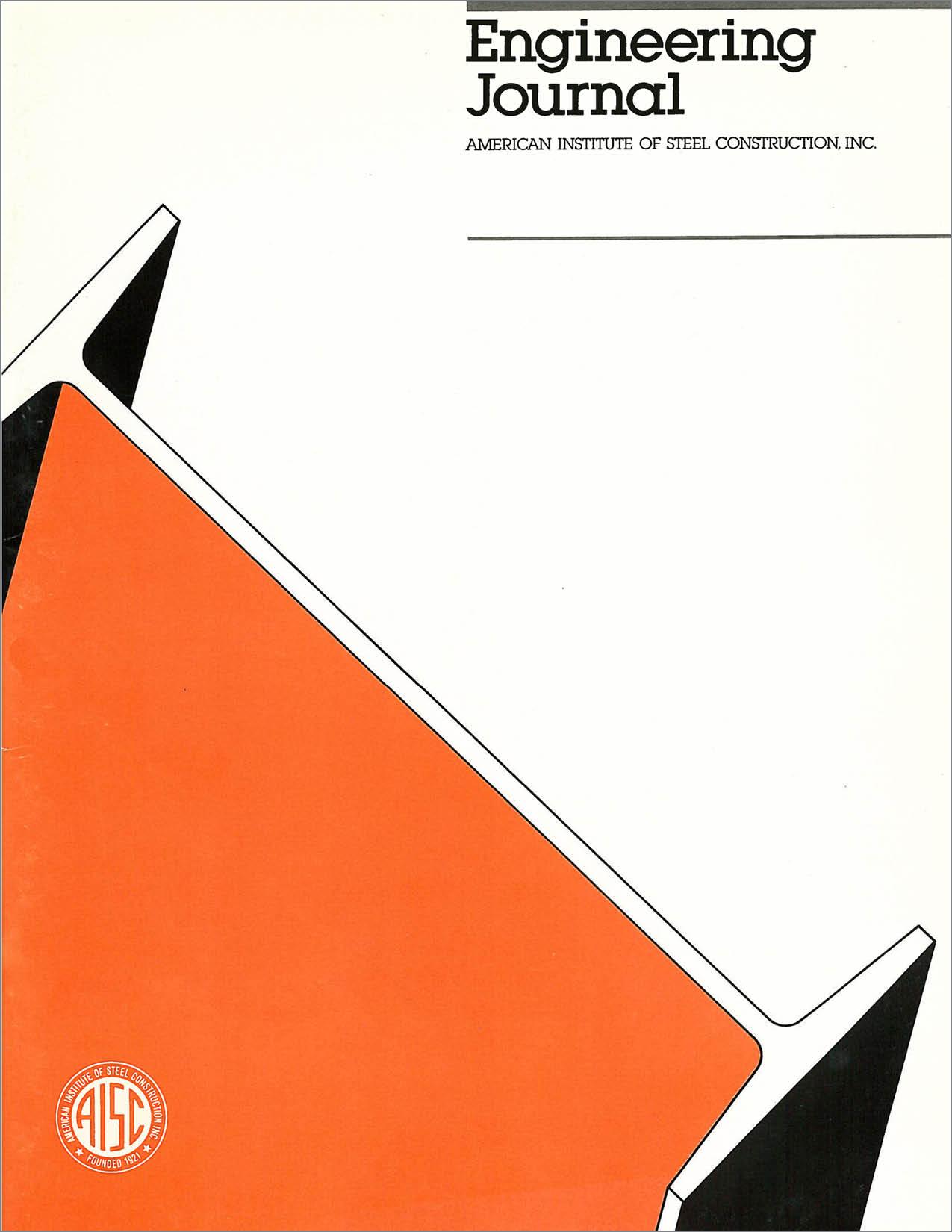Distortion-Induced Cracking During Transit
DOI:
https://doi.org/10.62913/engj.v29i3.595Abstract
During the last twenty years, there has been a growing awareness of distortion-induced cracking in bridges. Comparable interest in this behavior has not been generated within the building community. Distortion-induced fatigue cracking is indeed a more common problem in bridges, arising from cyclic distortions not only during handling and shipping but also during service. Bridge service conditions are much more likely to induce cyclic distortions than building service conditions. However, handling and shipping conditions are similar for both building and bridge components. It would therefore be beneficial if the topic of distortion-induced cyclic stress as a possible cause of fatigue cracking during shipment were more widely understood in the steel industry. This paper reviews the characteristics of distortion-induced cracking as seen in bridges, presents a detailed example of cracking in building trusses due to cyclic distortions during transit, summarizes the conditions that lead to this type of cracking during shipment, discusses the effect of cracking on structural performance, and provides recommendations for prevention of this type of damage.

